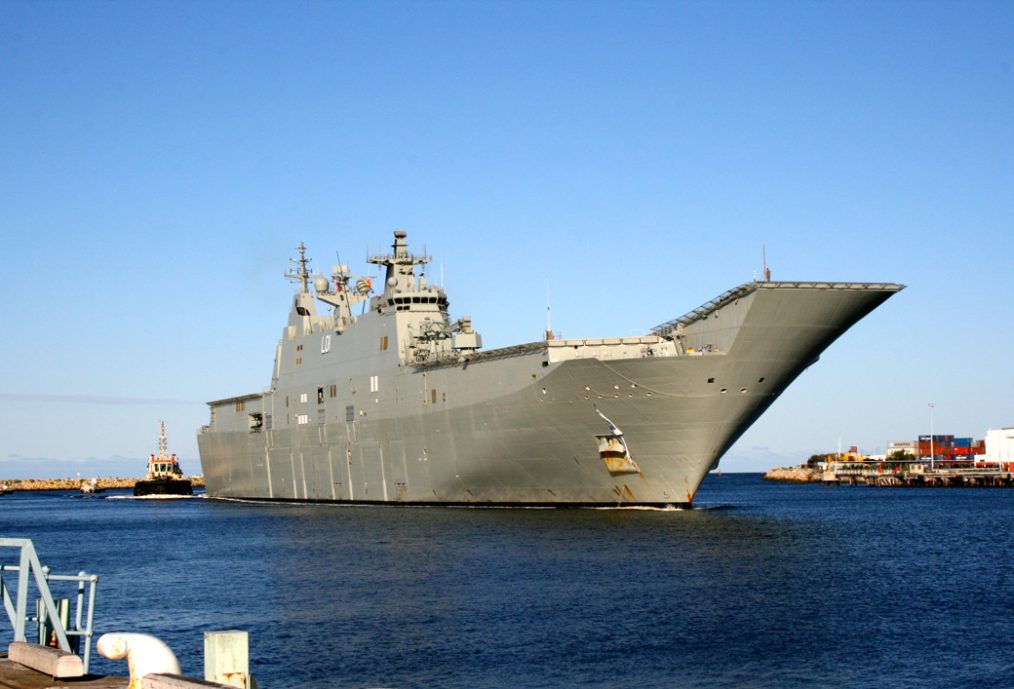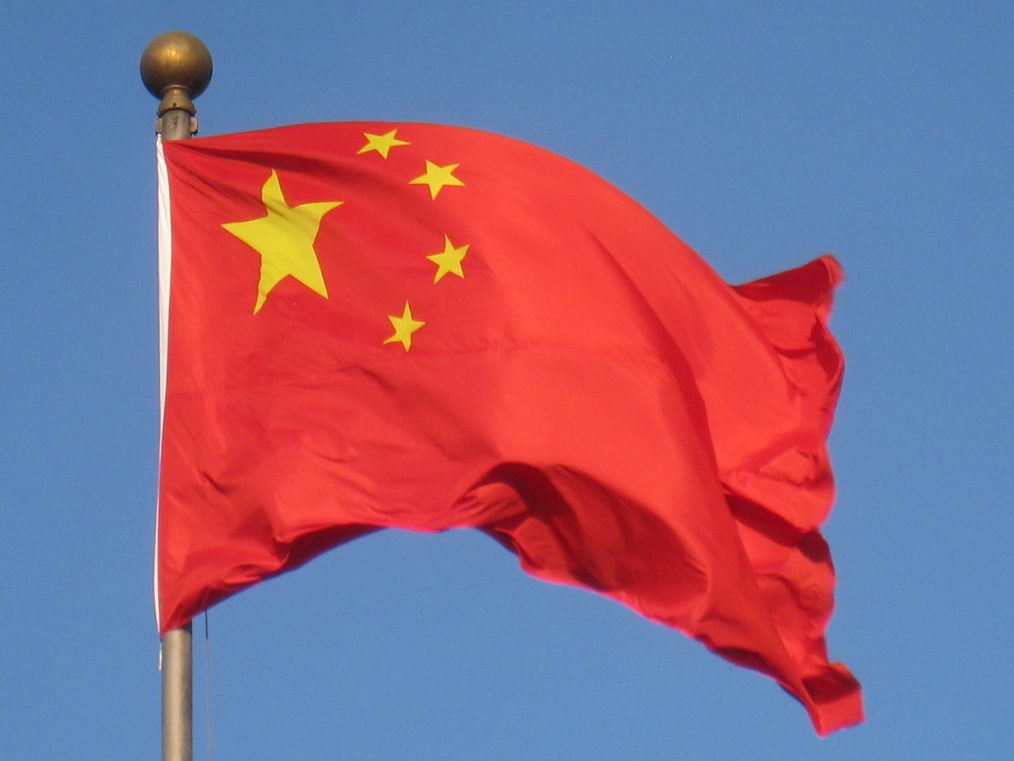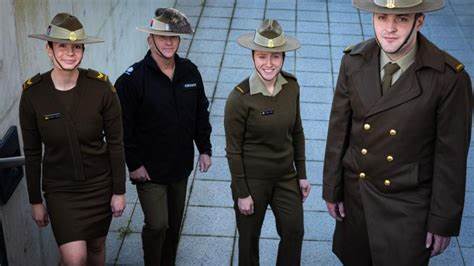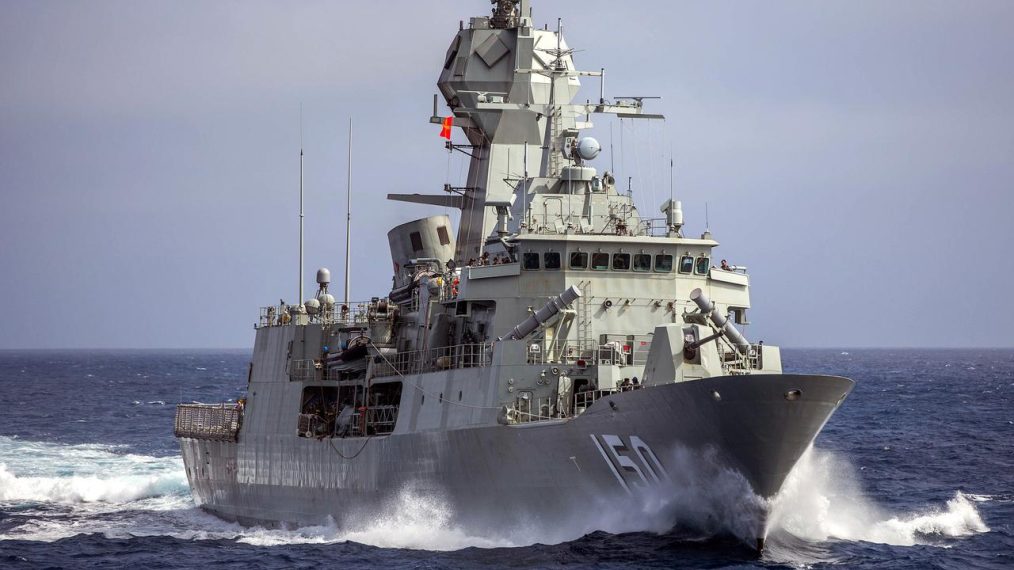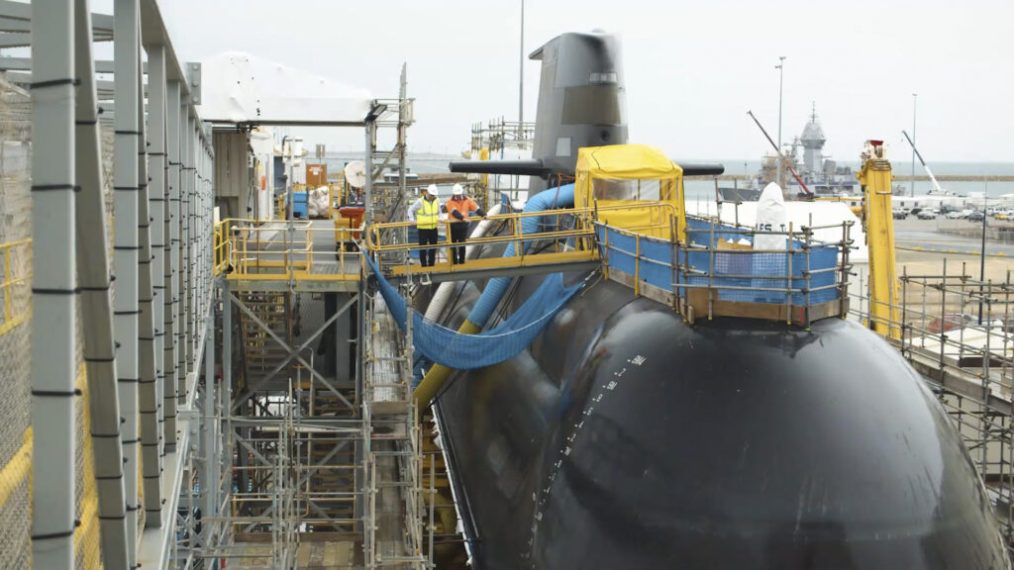In a powerful display of cooperation and military capability, approximately 2,000 personnel from the Australian Defence Force (ADF) and Indonesian National Armed Forces (TNI) are participating in Exercise Keris Woomera, which began on 3 November. This exercise, held in Indonesia, marks the largest combined joint military activity between the two nations in recent history and is part of the Indo-Pacific Endeavour 2024, Australia’s largest international engagement effort in the region.
The exercise, spanning across air, maritime, amphibious, and land operations, is designed to enhance interoperability and readiness for shared security challenges. A highlight of the activities will include a humanitarian assistance and disaster relief evacuation scenario, allowing both forces to rehearse critical responses to regional crises. Keris Woomera will culminate in a combined joint live-fire exercise involving tanks, artillery, infantry, and attack helicopters.
In a show of integration, around 35 TNI personnel will deploy on board HMAS Adelaide in Darwin to undergo specialized training alongside ADF personnel. This opportunity strengthens mutual understanding and joint operational capabilities.
“Exercise Keris Woomera gives the ADF and TNI the opportunity to test our combined capabilities across the sea, land, and air employing the most complex scenarios,” stated Chief of Joint Operations, Vice Admiral Justin Jones. “By training together, our forces build upon shared tactics, techniques, and procedures to enhance interoperability and readiness to respond to shared security challenges in the region.”
This year’s exercise also underscores the growing collaboration between Australia and Indonesia, recently fortified by the signing of the Australia-Indonesia Defence Cooperation Agreement. This landmark agreement, the most significant defence pact in the history of their bilateral relationship, paves the way for expanded joint training and operational coordination.
As Keris Woomera progresses, Vice Admiral Jones expressed his appreciation for the efforts of sailors, soldiers, and aviators deployed on HMAS Adelaide and in Indonesia. He eagerly anticipates observing the exercise alongside his TNI counterparts, reflecting the strengthened ties and shared commitment of both forces to maintaining stability and security in the Indo-Pacific region.

